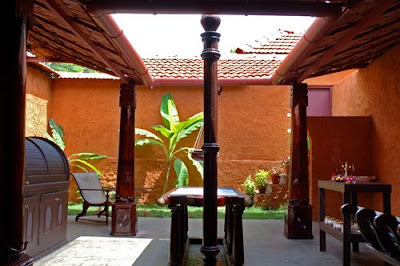The capital city of Kerala, Thiruvananthapuram, is located on the south-western tip of Kerala and has beautiful beaches, historical landmarks, backwaters and royal palaces. The famous sites of historical importance are Anantha Padmanabha Swamy Temple, the Napier Museum and the Horse Palace Museum. The name of the city means the “Holy City of Anantha” and recounts the legend of Anantha from Hindu mythology, where Anantha is the thousand headed serpent that on whom Lord Vishnu reclines.
Alleppey, known as the Venice of the East is a beautiful town in Kerala. The long stretches of paddy fields, the beautiful backwaters and beaches as well the lush-green land full of coconuts makes it a visual paradise for the traveller. The chief attractions in Alleppey are the Alleppey beach, Ambalappuzha Sreekrishna temple, Arthunkal Church and the water carnivals, boat races and the backwater cruises.
Periyar is one of the most famous tourist destinations in Kerala because of its deciduous forests, grasslands and evergreen forests. Periyar is located in the Western Ghats, in the Idukki District in Kerala. The Periyar National Park and Periyar Tiger Reserve are the chief attractions of this place. You can visit the spice plantations in Periyar and taste all the spices of the world.
From you arrival at Thiruvananthapuram until your departure from Cochin Airport, you are open to the myriad experiences of Kerala especially the beauty of nature in the form of backwaters, paddy fields and beaches.











